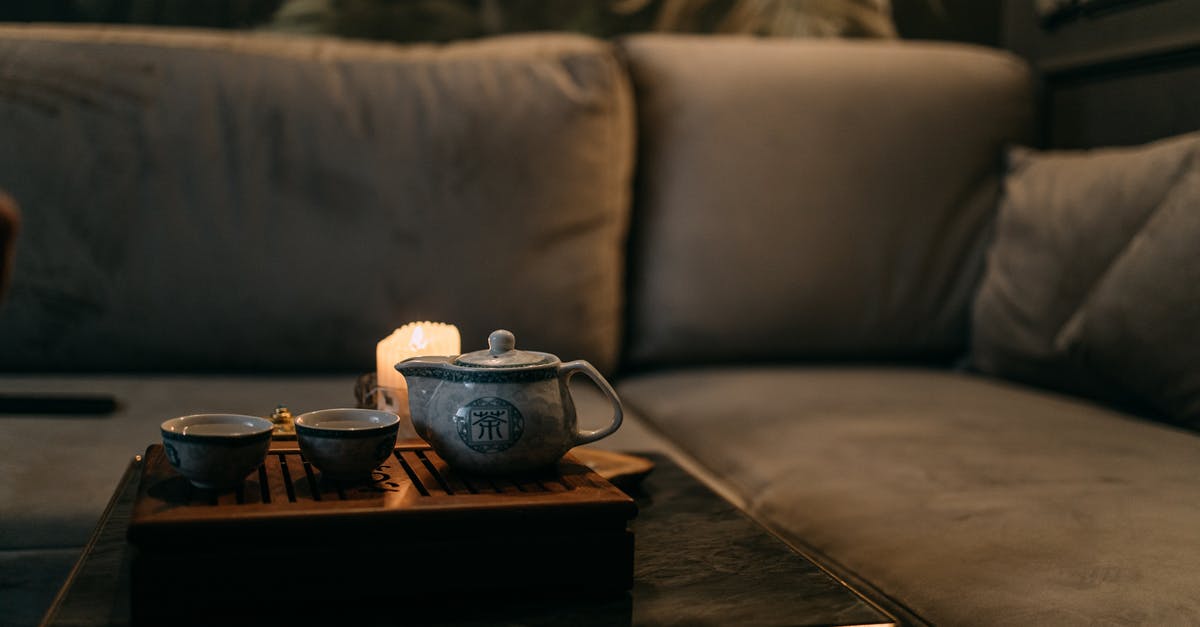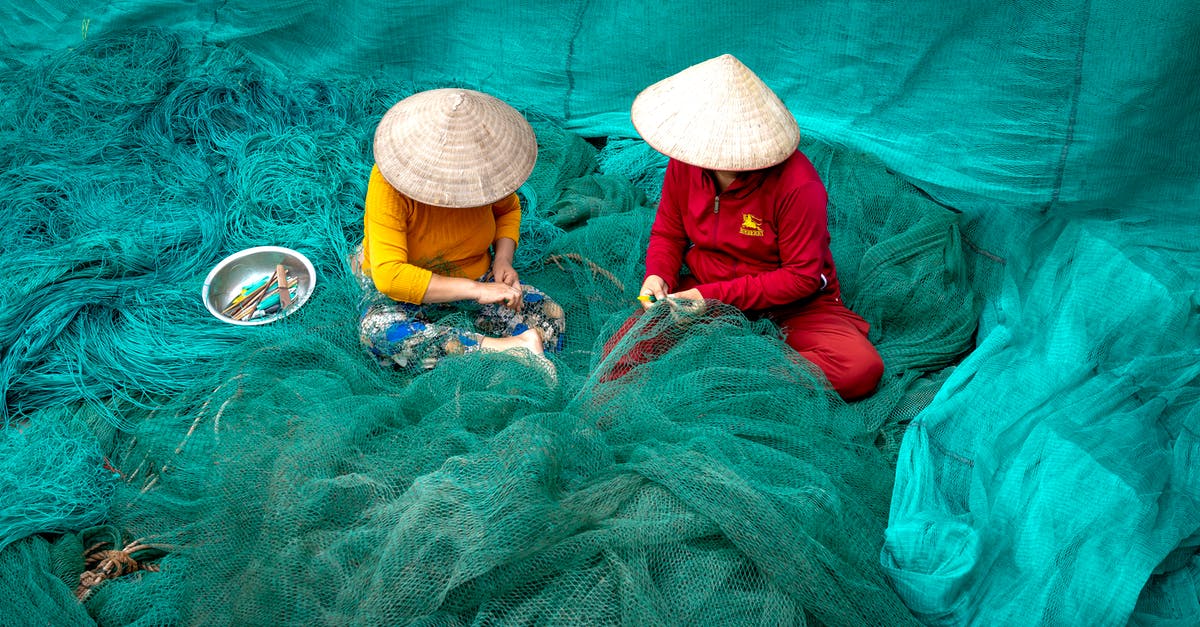Why are multiple infusions of tea better than one large one

I have found that most sites recommend brewing a large number of small batches of tea, with multiple infusions of the same leaves, instead of brewing a large container using the same tea leaves. They point out that the desirable flavors diffuse first, so multiple infusions lets you taste them without the tanins taking over.
Why is it that multiple infusions changes the curve? I would expect that, on a second infusion, the tea leaves would pick up where they left off, so the combination of two infusions would be the same as doing one infusion for longer. Why is this not the case?
Best Answer
the combination of two infusions would be the same as doing one infusion for longer
That's not how it works. The leaves are full of different chemicals that are locked away in cells and their organelles, behind several membranes, and they have different solubility. So there are multiple effects which make many infusions different than one big infusion.
- Nernst's law. When you extract something, the concentration gradient plays a role. When the tea outside the leaf saturates, chemicals stop exiting the leaf.
- The one that you mentioned, about tanins. They don't "pick up where they left". To use an analogy, imagine having a piece of ice. It is big enough that you have to keep it 10 minutes at room temperature before it starts melting. Now, if you keep it out for 3 minutes, then put it for some time back in the freezer, then take it out again, it will again need 10 minutes to melt. (This is not to say tanins melt the way ice does, just to remind you that there are plenty of processes which don't somehow continue after being interrupted).
- You actually do have other flavors coming out which you wouldn't get with the new infusion. Opposite to tanins, there are some chemicals which start being amenable to extraction the first time they come in contact with the hot water, but won't extract much at the beginning. Staying wet while waiting for the next extraction prepares them to get out in larger amounts.
- An effect similar to the last one happens to the cell walls that prevent chemicals from getting extracted. They soften with the time they spend warm and wet - which, in the sum with multiple infusions, is larger than the length a single "large" infusion would take.
- Different taste in the different infusions. Since a different proportion of each type of chemical comes out in each successive infusion, people get to enjoy different flavor profiles. A single long infusion would have the same taste throughout.
Pictures about "Why are multiple infusions of tea better than one large one"



What does it mean to infuse tea multiple times?
If you are going to be re-steeping your tea, you don't want to oversteep it. Re-steeping your tea means that you are going to be steeping the leaves multiple times which means that each time you steep it, you must remove the leaves from your tea and set them aside until you are ready to re-steep.Can you infuse tea multiple times?
While you can infuse any tea multiple times, some teas hold up better after multiple steeps than others. In general, we recommend black, green, oolong, and pu-erh teas for multiple infusions. But if you're curious about what a second steeping might taste like for another tea, feel free to experiment!How many times can you infuse tea?
Like green teas, you should get 2-3 steepings. Black Tea: Known for their strength and robustness, black teas hold up less well to multiple infusions. In general, your first infusion is going to be strong, full-bodied. A second and third infusion will still hold pleasant, distinct notes, but will not be as full-bodied.Does second infusion of tea have less caffeine?
The answer to this depends a lot on variables in the steeping process. Steeping at a higher temperature will remove more caffeine. Steeping for longer will remove more caffeine. Doing either or both of these will leave less caffeine for a second or third (or more) steeping.How to RE-STEEP YOUR TEA
Sources: Stack Exchange - This article follows the attribution requirements of Stack Exchange and is licensed under CC BY-SA 3.0.
Images: Roger Brown, Ivan Samkov, Artem Podrez, Quang Nguyen Vinh
